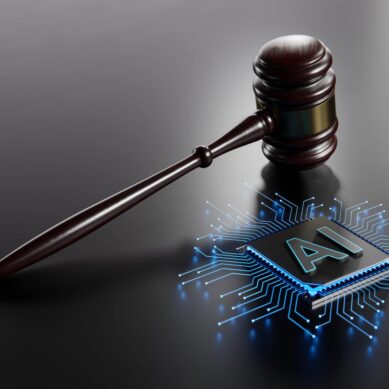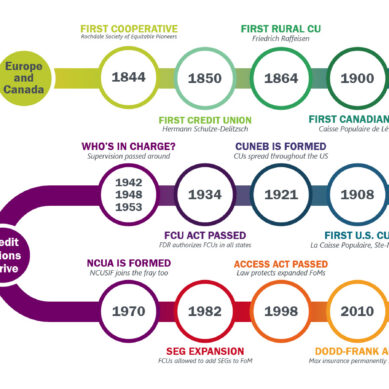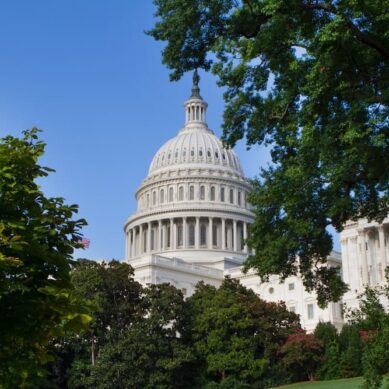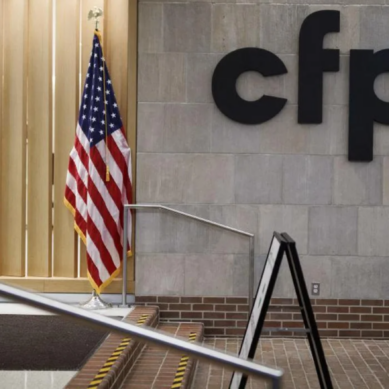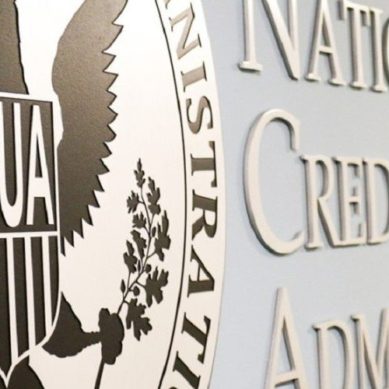In the past several months, we have seen a significant increase in both legislative and executive action related to cryptocurrency, blockchain technology, and stablecoins. Several new bills and executive orders have been introduced, signaling this administration’s focus on integrating digital assets into our financial system.
In February, the Stablecoin Transparency and Accountability for a Better Ledger Economy (STABLE) Act was introduced in the House, and the Guiding and Establishing National Innovation for U.S. Stablecoins (GENIUS) Act was introduced in the Senate. Both bills aim to create a regulatory framework for payment stablecoins. On April 2nd, the House Financial Services Committee advanced the STABLE Act in a 32–17 vote, meaning the bill has cleared the committee stage and may now proceed to the House of Representatives for a floor vote.
At the White House Crypto Summit on March 7th, Treasury Secretary Scott Bessent emphasized stablecoins as a key tool for ensuring the global dominance of the U.S. dollar. In his remarks, he stated, “We are going to keep the U.S. the dominant reserve currency in the world, and we will use stablecoins to do that.” On March 11th, legislation was introduced in the Senate that would create a Bitcoin strategic reserve, which would codify President Trump’s executive order to do the same. The bill proposes that the U.S. government acquire one million Bitcoins over five years, with a 20-year holding period.
Understanding stablecoins
Stablecoins are digital assets designed to maintain a stable value by being pegged to a reserve asset, usually the U.S. dollar. Stablecoins offer a safer alternative to the high volatility and uncertainty associated with other cryptocurrencies. They also serve as an attractive alternative to traditional digital payment methods by allowing for instant transactions with minimal fees.
On March 11th, the House Committee on Financial Services held a hearing titled “Navigating the Digital Payments Ecosystem: Examining a Federal Framework for Payment Stablecoins and Consequences of a U.S. Central Bank Digital Currency.” During his testimony to the Committee, Charles Cascarilla, CEO and founder of Paxos, said, “The global economy today demands secure, programmable money that moves instantly, 24/7, at near-zero cost. This is not science fiction; it exists today thanks to blockchain technology.”
He also noted that Citi estimates that up to $5 trillion in global assets could move into stablecoins and other digital money formats by 2030, up from the current $200 billion in dollar-backed stablecoins. If these estimates are at all accurate and stablecoins continue to gain global traction, the U.S. must stay ahead of the curve. Financial institutions, including credit unions, must be prepared to adapt and engage with this evolving technology to remain competitive and continue to serve their members effectively.
Stablecoins and credit unions
In December 2021, the NCUA clarified that federally insured credit unions (FICUs) are not prohibited from partnering with third-party digital asset providers. This allows credit unions to connect members with third-party providers to buy, sell, and hold digital assets outside of the credit union itself. If properly regulated, stablecoins could provide credit unions with new tools to offer faster, lower-cost digital payments for their members. However, concerns still exist about their regulatory treatment, safety, and potential impact on credit unions.
Before the House Committee on Financial Services hearing on March 11th, Jim Nussle, President and CEO of America’s Credit Unions, wrote a letter to the Committee Chair expressing the organization’s support for stablecoin legislation. He expressed his approval of language in both the STABLE Act and the GENIUS Act that identify Credit Union Service Organizations (CUSOs) as appropriate subsidiary vehicles through which credit unions can issue stablecoins.
However, Nussle expressed some concerns. The GENIUS Act specifically provides that stablecoin reserves may be comprised of funds held as deposits at “regulated foreign depository institutions.” Nussle urges Congress to limit the use of foreign deposits as reserve assets for stablecoins and expresses skepticism about claims that using foreign currency reserves would support the U.S. dollar.
Nussle also warns that stablecoin reserve requirements could limit credit unions’ ability to fund loans, which is a key part of the credit union business model. He supports strong reserves for nonbank issuers, but he expresses concern that if stablecoin reserves must remain dormant as a hedge against cryptocurrency crashes, it could reduce the amount of credit available to credit union members. Nussle urges Congress to clarify whether credit unions can lend against deposit-based reserves and argues that safeguards should primarily target nonbank entities that don’t have the same regulatory oversight and are not subject to federal capital and liquidity requirements.
Another concern is that stablecoins do not currently have the same protections as traditional banking deposits like FDIC insurance. This has the potential to leave consumers exposed if an issuer collapses.
While testifying to the House Committee on Financial Services on March 11th, Randall Guynn, Chairman of Financial Institution Group at the law firm Davis Polk & Wardwell, addressed this concern when he said, “If a permitted stablecoin issuer has a properly calibrated reserve of liquid assets, capital buffer, and no material amount of liabilities other than its stablecoin liabilities, as contemplated by the STABLE Act, its payment stablecoins should be as safe as insured bank deposits and central bank money.”
Until clearer regulations are established, there will remain concerns about whether stablecoin issuers can uphold these standards to provide the same level of security as traditional financial products, such as insured deposit accounts.
Proceed but with caution
The recent flurry of government activity around stablecoins and other digital assets has put a spotlight on what may be the inevitable integration of these technologies into our financial systems. While stablecoins offer potential benefits, credit unions must carefully monitor and consider how these rapidly evolving regulations will impact their ability to serve their members.
